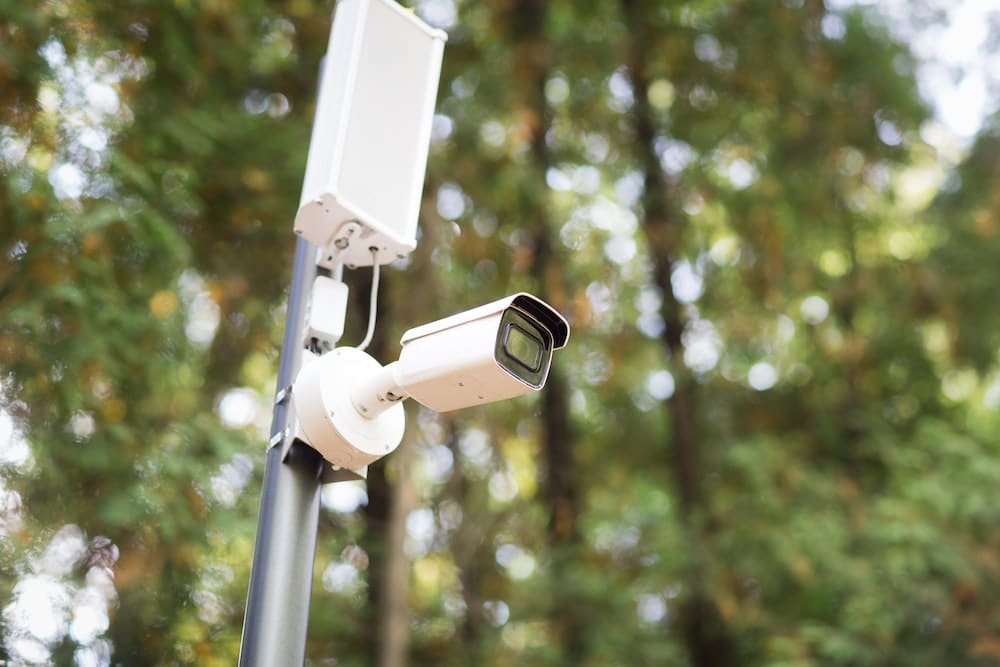Gymnastics is a highly demanding sport where elite athletes strive to reach the pinnacle of performance. To achieve this, they must undergo intensive and rigorous training. However, this can sometimes lead to an increased risk of injury, stress, and fatigue. This is especially true for junior gymnasts who are still growing and developing. Therefore, it becomes essential to effectively monitor and manage the load of training they undergo. So let’s delve into the best methods for monitoring and managing load in these young athletes.
The Importance of Load Monitoring in Junior Gymnasts
Load monitoring is crucial in any sport, but when it comes to gymnastics, it holds even more importance. This is due to the fact that gymnasts often start training at a very young age. Junior gymnasts, in particular, need careful attention as their bodies are still growing and developing.
In parallel : What’s the Latest Research on the Effects of Microdosing Caffeine for Endurance Cyclists?
Monitor the training load helps to optimize performance, minimize the risk of injury, and manage fatigue. It can assist coaches and sports medics in determining when an athlete may be pushing too hard, allowing them to intervene before an injury occurs. Additionally, load monitoring can help identify when athletes might need extra recovery time to prevent overtraining and burnout.
Methods of Load Monitoring in Gymnastics
There are several ways to monitor load in athletes. These methods can be broadly divided into two categories: external load and internal load.
In the same genre : How Do Professional Footballers Tailor Their Recovery During a Congested Fixture Period?
External load refers to the objective, quantifiable aspects of training, such as the volume of training (e.g. hours spent in the gym), intensity (e.g. difficulty of routines), and type of training (e.g. strength training vs. flexibility training).
Internal load, on the other hand, is the physiological and psychological response of the athlete to the external load. This can be measured through various means such as heart rate monitoring, perceived exertion scores, and mood state questionnaires.
For gymnasts, both these aspects are important. Monitoring external load can help ensure that the athletes are not being overworked, while monitoring internal load can provide insights into how the athletes are coping with the training.
Monitoring Tools and Technologies
Thanks to advances in sports science and technology, there are now several tools and technologies available to help monitor load in athletes. For example, heart rate monitors can provide real-time data about an athlete’s cardiovascular response to training. Wearable devices can track movements and impacts, providing valuable information about the external load.
In addition to these, subjective measures such as perceived exertion scales and wellness questionnaires can provide insights into the athlete’s internal load. These can help identify signs of overtraining or stress that may not be immediately apparent from objective measures.
Furthermore, software platforms like the athlete management system (AMS) can consolidate all this data, allowing coaches and sports medics to monitor load and performance across a team of athletes.
Implementing a Load Management Strategy
Once you have the tools to monitor load, the next step is to implement a load management strategy. This involves analyzing the collected data and making informed decisions about training schedules, intensity, and recovery periods.
It’s important to remember that each gymnast is unique. Factors such as age, skill level, fitness level, and even personality can influence how an athlete responds to training. Therefore, a one-size-fits-all approach may not work. Instead, individualized load management strategies are often more effective.
By carefully monitoring and managing load, you can help athletes reach their full potential without compromising their health and well-being. It’s a delicate balancing act, but one that is essential to the success of any elite junior gymnast.
Future Directions
The future of load monitoring in gymnastics looks promising. With the continual development of new technologies, we can expect even more sophisticated tools for monitoring and managing load in athletes.
One area of potential growth is the use of biometric sensors. These can provide real-time, continuous data on various physiological parameters, helping to create a more comprehensive picture of the athlete’s internal load.
Another exciting development is the use of predictive analytics. By analyzing historical data, predictive models could potentially identify patterns and trends, enabling coaches and sports medics to anticipate and prevent potential injuries.
Regardless of what the future holds, one thing is clear: load monitoring and management will continue to play a crucial role in the training and development of elite junior gymnasts.
Role of Sports Medicine in Load Monitoring
The field of sports medicine plays a pivotal role in implementing and maintaining load monitoring practices for elite junior gymnasts. Sports medics, which often include physiologists, physiotherapists, and nutritionists, have the expertise to interpret the data gathered through various monitoring tools. They can understand the physiological and psychological implications of the training load on young athletes and provide appropriate guidance.
External sources like Google Scholar, PubMed, and CrossRef are valuable assets for sports medics to keep themselves updated with the latest advancements and research findings in the field. They can access full-text articles from these databases, yielding vital insights from global studies.
Sports medics also play a crucial role in injury illness prevention. By monitoring the acute and chronic workload of the athletes, they can identify signs of overtraining or potential injuries. They can then make recommendations to modify training schedules or intensities, ensuring the well-being of the athletes.
Moreover, sports medics can assist in the physical education of the athletes. They can educate the gymnasts about the importance of monitoring training load, how to interpret their own data, and the value of recovery periods. This education can empower athletes to take an active role in their own load management, fostering a deeper understanding of their bodies.
Conclusion: Striking the Balance
In conclusion, monitoring and managing load in elite junior gymnasts is a multidimensional process. It involves careful observation of both internal and external load, the use of advanced technologies, and an individualized approach. Sports medics, alongside coaches, play a critical part in ensuring the health, performance, and longevity of these young athletes.
Future advancements in the field promise to further refine these processes. The advent of biometric sensors and predictive analytics can offer deeper insights into an athlete’s internal load, potentially enabling even more precise adjustments to be made to training programs.
As resources like PubMed, CrossRef, and Google Scholar continue to provide access to the wealth of research, it will only aid in the constant evolution of the best practices to monitor and manage load for youth athletes.
However, at the heart of it all is balance. The ultimate goal is to help these athletes reach their full potential at the elite level while maintaining their well-being. It’s a continuous, careful balancing act, but with meticulous monitoring and management, it is entirely achievable. The future of gymnastics depends on these young athletes, and it is our responsibility to safeguard their journey.











